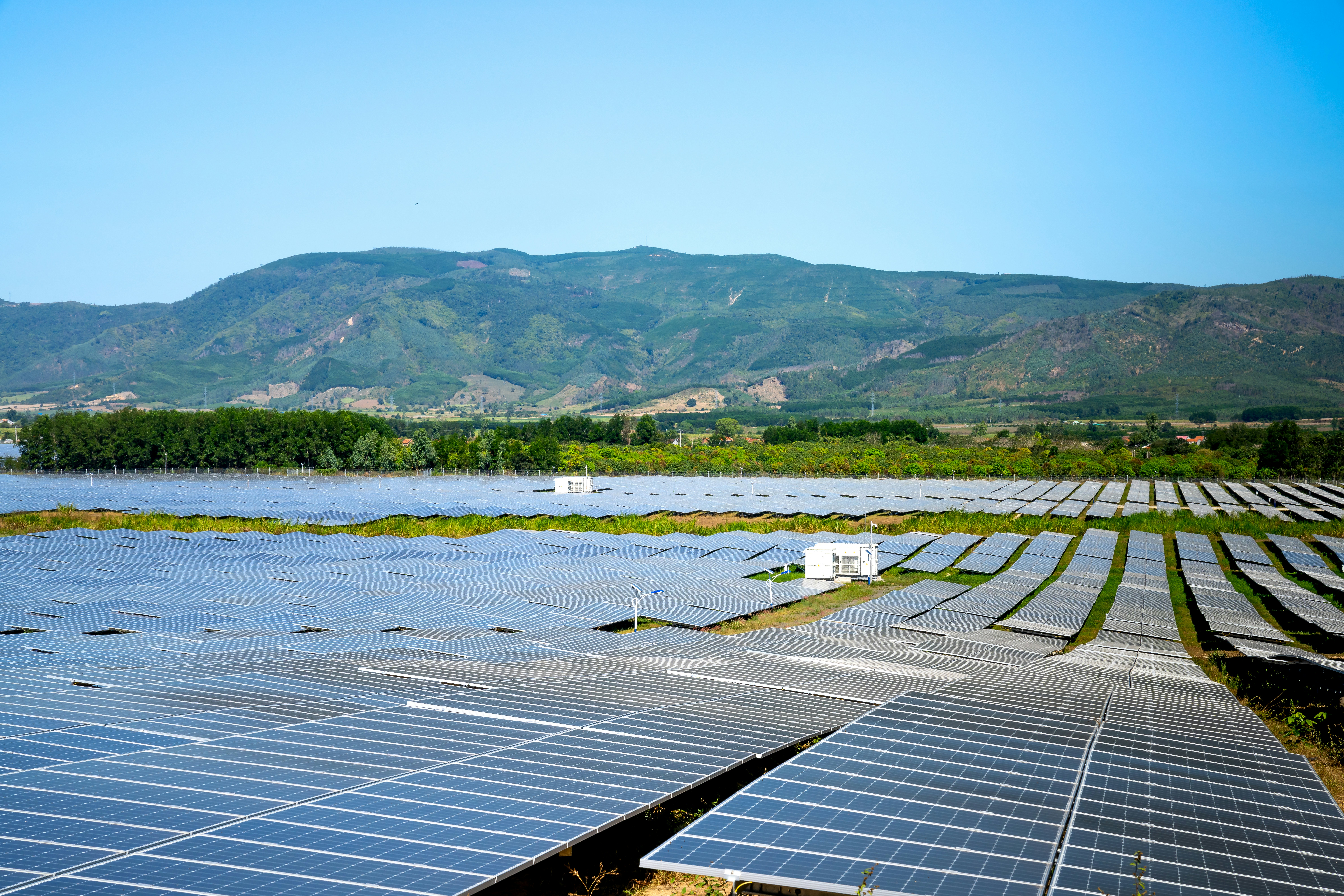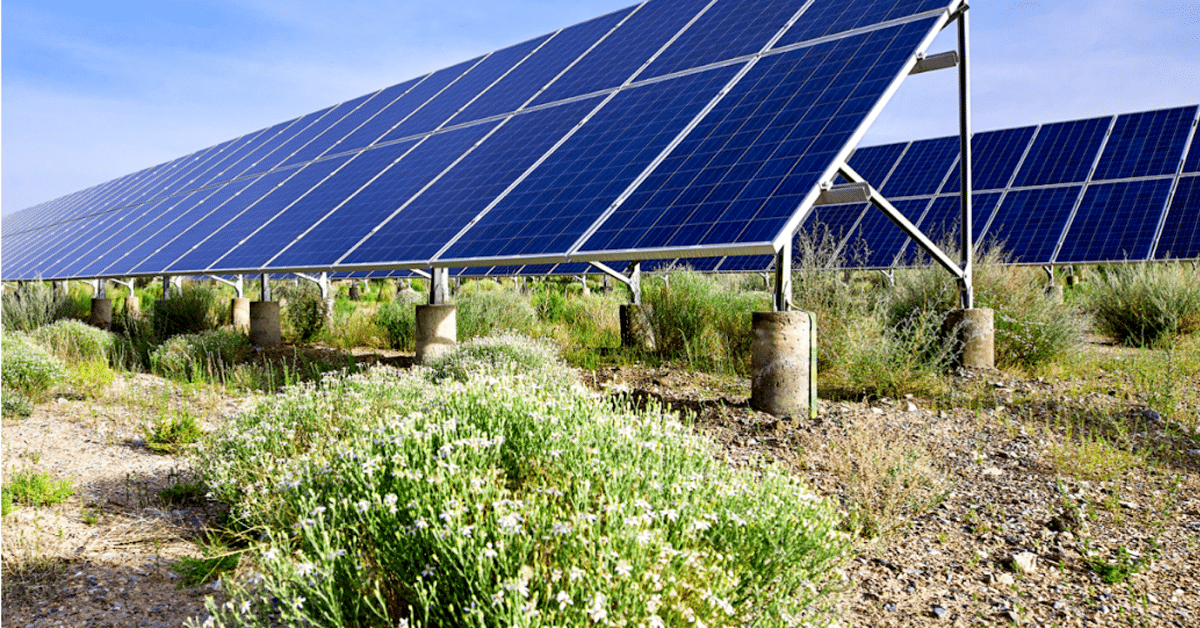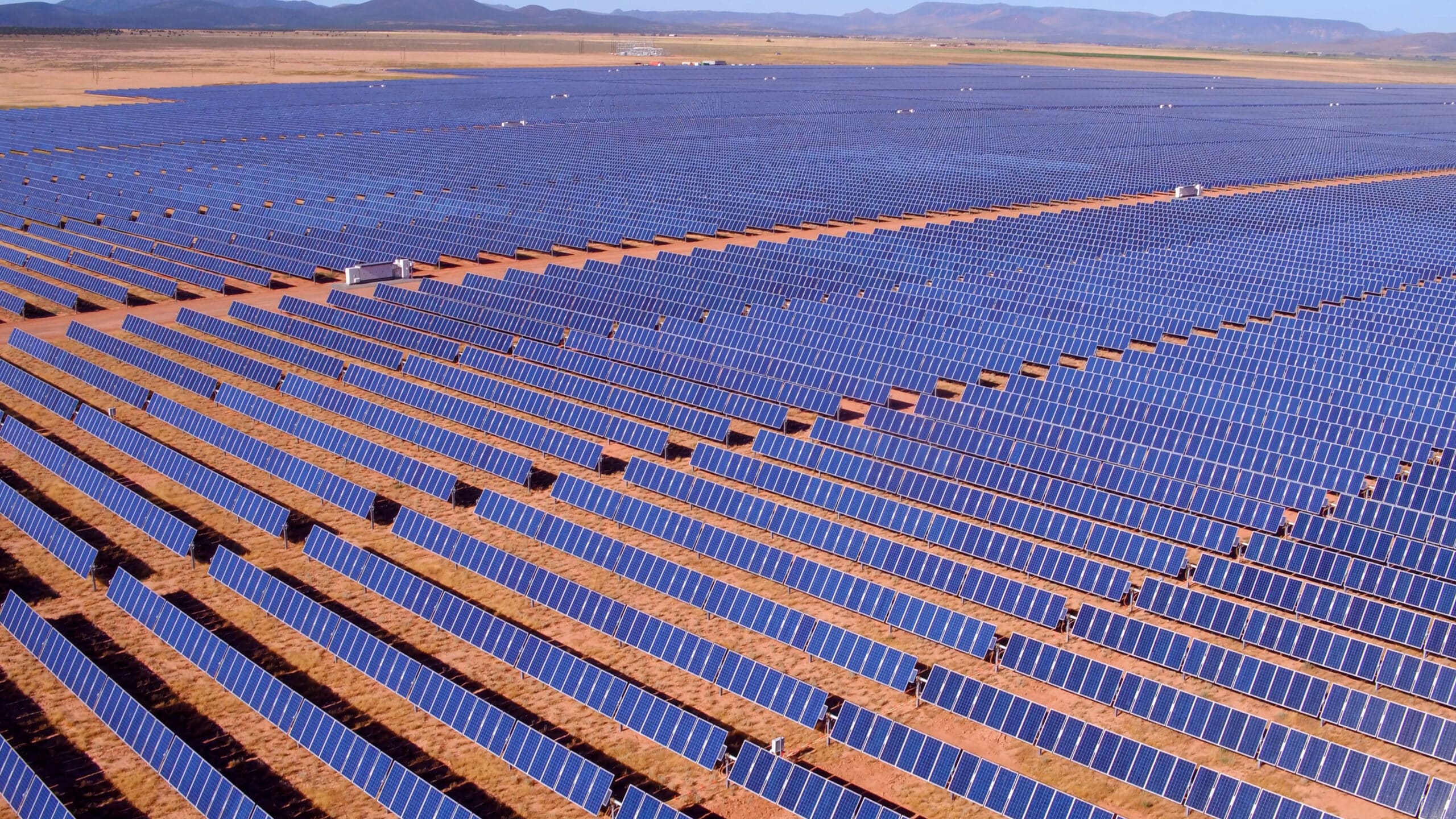POSTED
December 22, 2023
How Much Money Does a 100-Megawatt Solar Farm Make?
Are you an accredited investor looking for exciting investment opportunities? If so, you should consider investing your excess capital in renewable energy, such as solar power. Direct solar investments are incredibly beneficial in a variety of ways. They are moderate-risk. Solar is taking off worldwide and will generate high returns for the foreseeable future. It […]
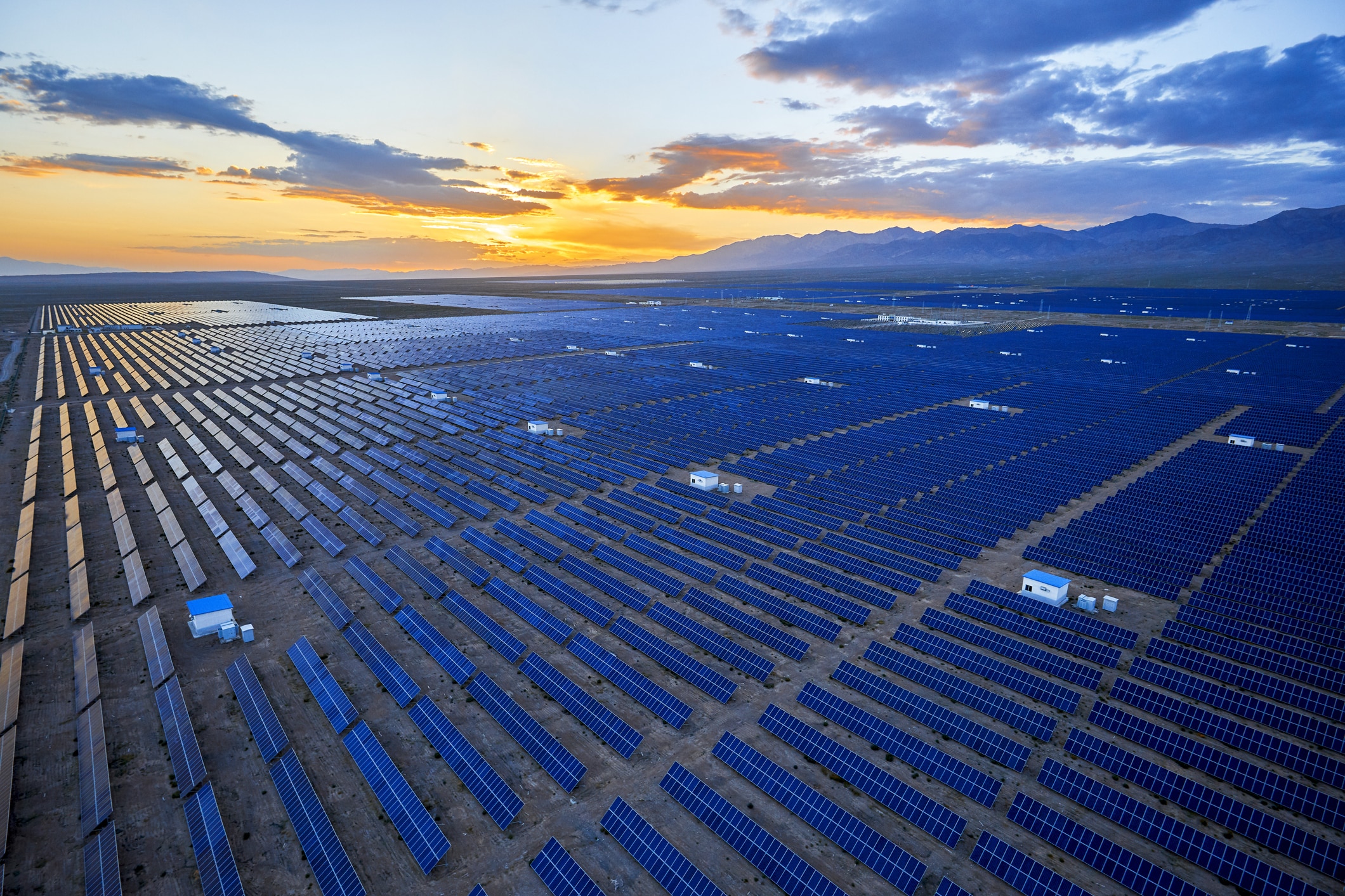
Are you an accredited investor looking for exciting investment opportunities? If so, you should consider investing your excess capital in renewable energy, such as solar power.
Direct solar investments are incredibly beneficial in a variety of ways. They are moderate-risk. Solar is taking off worldwide and will generate high returns for the foreseeable future. It can provide you with the opportunity for large income over just a few years. And, of course, solar offers an incredible chance for investors to contribute to a better and more sustainable future of energy.
If you’re ready to learn more, keep reading! In this blog post, we’ll dive into the potential in just one 100-megawatt (MW) solar farm.
Understanding 100 MW Solar Farm Profitability
What is a 100 MW solar farm?
Picture a large installation of solar panels on a piece of land that has sunlight for much of the year–and you’re picturing a solar farm. A 100 MW solar farm is designed specifically to convert sunlight into 100 MW of electricity, which is then fed into the energy grid to be used.
What are the benefits of a 100 MW solar farm?
Solar farms are directly meeting the growing need to reduce carbon emissions and improve the quality of our planet. If you’re an accredited investor who cares about positively impacting the future, putting your money into solar efforts such as a 100 MW solar farm is the perfect way!
How reliable is a 100 MW solar farm?
Solar farms are extremely reliable. The industry has been proven and promises a stable future. Solar is a minimally volatile market—the need is real and growing. Therefore, solar farms are perfectly positioned to be a secure and long-term investment opportunity! Currently, Shasta Power solar projects give back a 30% annualized 5-year IRR.
Financial Viability of a 100 MW Solar Farm
Revenue Generation
How do solar farms bring in income? In the long-term 100 MW solar farms bring in a profit primarily by selling their solar energy (turned electricity) directly to utility companies. They also bring in income through various government incentives. Some developers earn income by originating solar farms, then selling the permitted project to a larger company for a massive profit. The demand for clean energy is consistent, promising a consistent return on investment.
The revenue generated from a well-located 100 MW solar farm could be as much as $2,000,000 to $5,000,000 per year, depending on the capacity and electricity prices.
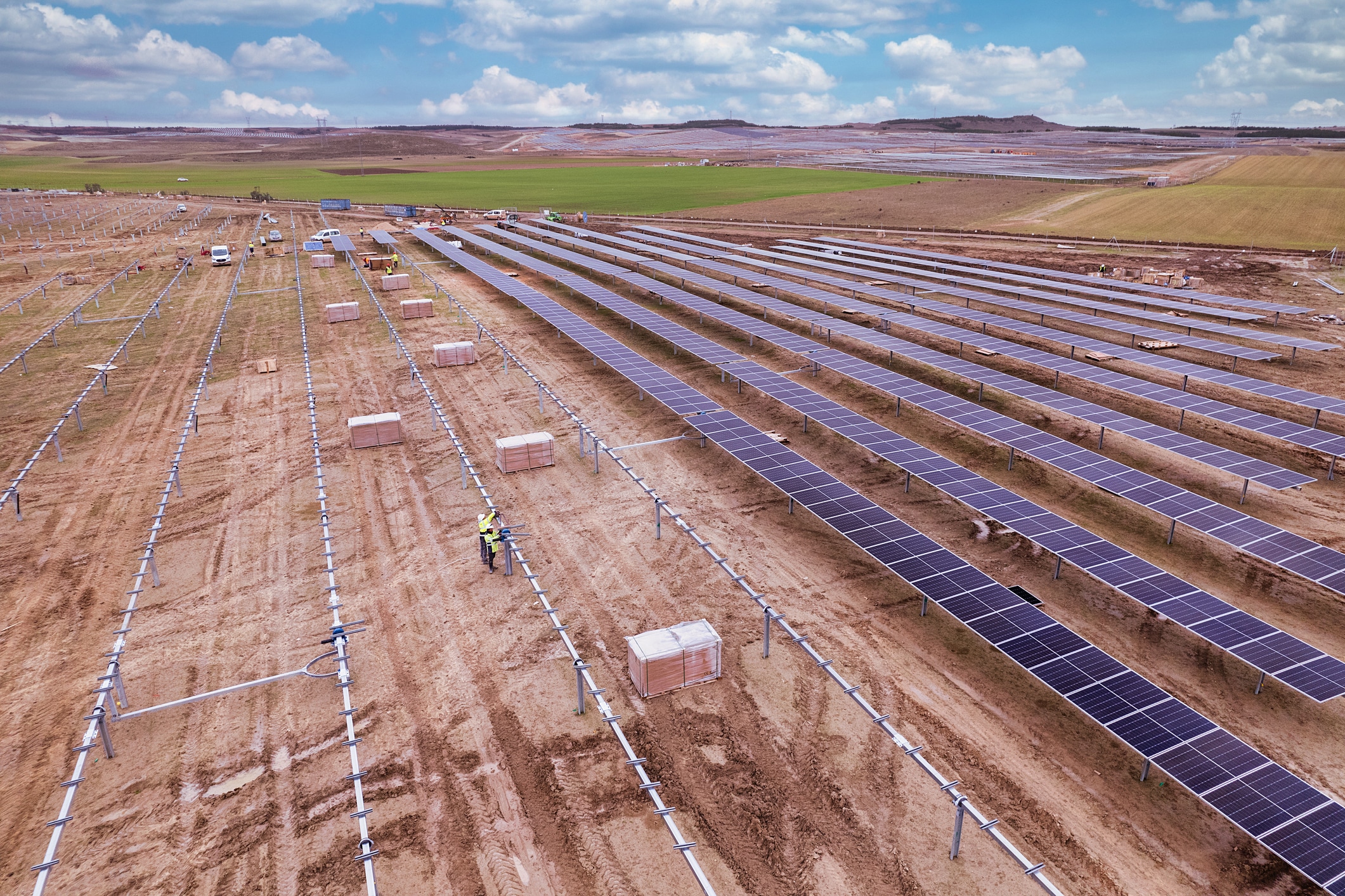
Costs Involved
Historically, 100 MW solar farms were unreachable for accredited investors because of the expensive and risky costs associated with the initial setup and launch of a functioning solar farm. However, Shasta Power created the Summit Power Fund to meet the need for more attainable investment options. Now, accredited investors can more easily access the high ROI of solar farms.
Income Projection
100 MW solar farms can provide a large short-term income based on the salle of valuable solar assets . Again, if you’re looking for a high ROI in a growing industry, solar farms are an optimal investment.
100 MW Solar Farm Profitability Investment Comparison
Solar Farm vs. Solar Stocks and Community Scale
Solar farms have a higher risk and higher reward than smaller, community-scale solar investments. They also bring in a higher pay-outs than traditional, less risky options like solar stocks.

Challenges
Of course, no investment is risk-free. Solar farms can face weather-related challenges or market fluctuations. Additionally, to invest in solar farms, you must be accredited—and here at Shasta Power, you must be able to initially invest a minimum of $50,000.
Solar farms are a long-term investment; this is another factor that can be challenging to some investors. You must be willing to wait 3-6 years for your returns.
Impact
Yes, there are potential challenges that can come with investing in solar farms. However, a 100 MW solar farm offers you the incredible opportunity to make a tangible impact on the health of our environment. It offers the perfect combination of financial gain and social responsibility for you as the investor. You can join in eliminating the damage that comes with coal production and make the planet safer for the future.
Register for the 3 Reasons to Invest In Utility-Grade Solar Webinar
If you’re ready to learn more about utility-scale solar and why it is such a powerful investment option, we invite you to register for our webinar, 3 Reasons to Invest in Solar.
You’ll learn about the impact of solar on your community and the environment, as well as the significant financial benefits. Our experts at Shasta Power will answer your questions and provide big-picture insights.
Click here to save your spot and learn about solar investments.


